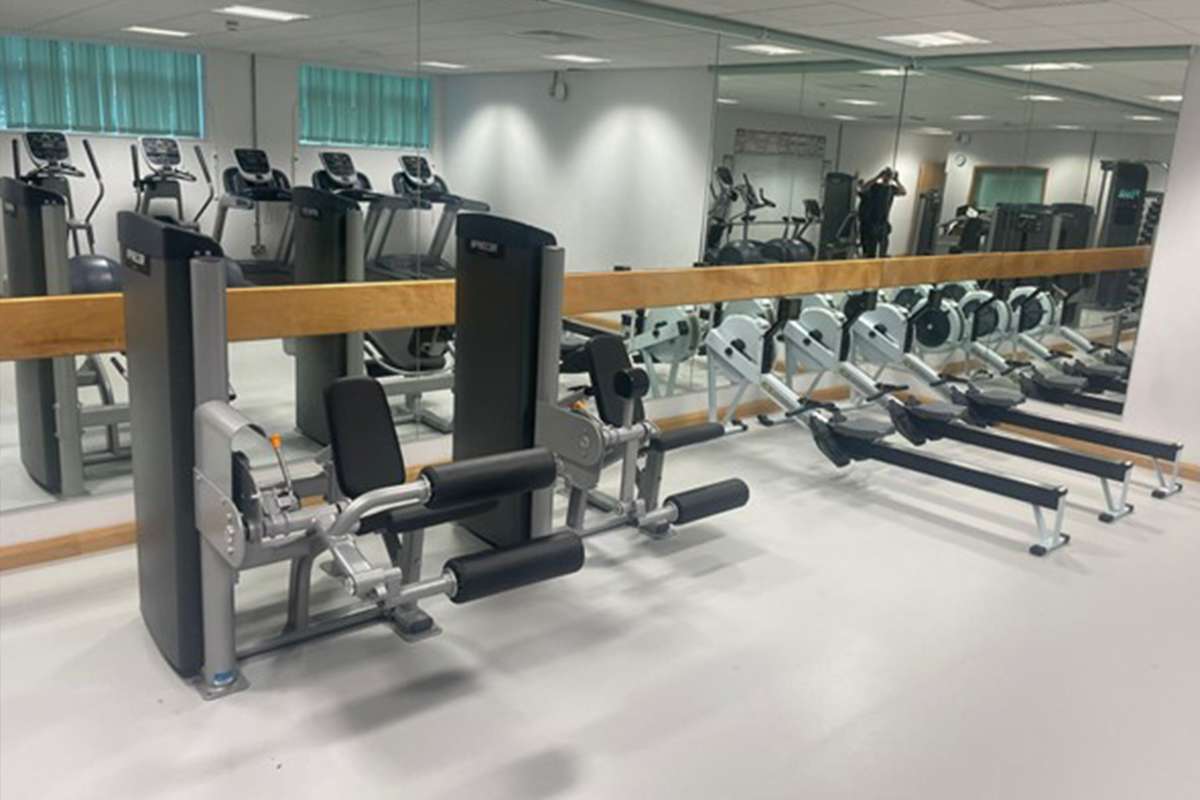Calorie counting
With obesity a growing problem, how can the health and fitness industry help people understand the calories in / calories out ratio, so that a workout isn’t followed by a pig out?

All but the most mindful of us have probably been guilty of gorging on food or drink after a workout, believing that we’re entitled to it. However, this becomes a problem when people routinely reward themselves with a post-workout latte and muffin, swiftly imbibing over and above what they burned off at the gym. Such behaviour can mean that, within a couple of months, their gym membership has resulted in them gaining weight, so they cancel their membership and complain that gyms don’t work.
According to psychological studies, people consistently overestimate the amount they do when they exercise and underestimate the amount they eat. It’s so easy to consume 200 calories, but burning it off takes hard work. Many of those who join gyms in a bid to shape up simply don’t understand the calories in / calories out equation, and therefore don’t get the results they expect.
With the nation getting fatter, the fitness industry needs to step up its game to help members lose weight. In doing so, it will not only improve retention and attract more people, but will also play a greater role in improving the health of the nation. It would appear that providing the means to exercise is not enough.
But how far should operators go in this direction? Is a quick pep talk at induction and a recommendation to download an app such as Calorific (see comment below) enough? Or should there be more hand-holding than this? Many operators don’t even offer gym programmes any more, but should this and a food plan become standard? Should specific weight loss memberships, with nutritional advisors, be offered?
And what about the food and drink on offer within health clubs? When I take my kids to their swimming lessons at the local leisure centre, I have to resist the heavily advertised new range of cakes in the café and march them past strategically positioned vending machines selling crisps and chocolate. Is this a supportive environment for those trying to lose weight? Does the industry need to change its tack? We ask the experts....
DR Paul Chadwick,
Clinical director,
Momenta

“I f health and leisure operators want to influence their clients’ health, they need to understand that they are in the business of changing behaviour.
A behavioural perspective starts by understanding that behaviour occurs in the moment, and that habit and environment are the strongest determinants of what people do. The eating and activity habits in this scenario are most likely learned habitual behaviours that people do without being consciously aware of how these relate to other more conscious goals, such as weight loss.
Changing behaviour to break unhealthy eating and activity habits involves making someone think about a behaviour that’s normally under automatic control. Any cue that draws people’s attention to the fact they have a choice will increase the likelihood that they will behave differently from normal in the moment. There are many simple, inexpensive opportunities, such as ensuring cafés and vending machines have healthy snacking options, and highlighting the calorie content and nutritional value of all products on offer.
Despite the commercial and operational implications, creating an environment that’s supportive to clients who are making positive choices to live healthier lives must be considered.”
DR Rachel Pryke,
GP,
Winyates Health Centre

“If people start exercising for weight management, it’s crucial for clubs to give them some information and support on their journey, unpicking myths and misconceptions and ensuring they have realistic expectations. I think that’s the difference between retaining them or losing them when they don’t lose weight.
It needs to be explained that we have an evolutionary gene to store fat and the body is brilliant at auto-regulating. Subconsciously, the body will compensate for the calories burned off in a workout unless people consciously limit their intake. Instructors need to flag up that new members will feel hungry after working out, but if they don’t give in to the hunger, the body will get used to it within a couple of weeks.
Food plans would be a very positive thing for clubs to offer, but members should at least be encouraged to have a structure to their eating. Advise people to eat slow release foods and plan workouts to take place just before meals, so they will be eating afterwards and therefore won’t be tempted to snack.
Clubs also need to be mindful of the food they have on offer and ensure healthy choices are available. Gary Lineker has encouraged the nation to link junk food with sport, so gyms need to work hard to encourage people to make healthy choices.”
Sara Bleich,
Associate Professor of health policy ,
John Hopkins Bloomberg School of Public Health, US

“Americans generally know little about calories or nutrition and are bad at doing mental maths. This situation is at its worst among low-income, minority populations who are also at higher risk of obesity.
Telling someone how many calories are in a particular item is only meaningful if they understand how many calories they need on a typical day. Most Americans will not be able to quickly divide the number of calories in a product into their daily needs and determine whether it represents a lot or a little of total required calories for the day. Saying a hamburger has 500 calories may not be meaningful for the average consumer.
Giving consumers calorie information in easily understandable ways – such as the miles of walking needed to burn off a particular item – will help them make better choices. We tried this in a low-income, predominantly black neighbourhood in Baltimore. We hung signs with calorie information on beverage cases in six corner stores, indicating that drinks had 250 calories, contained 16 teaspoons of sugar and would take 50 minutes of running or five miles of walking to burn off. As a result, people either bought smaller beverages or healthier drinks like water.”
Nic Mulvaney,
Creator,
Calorific app

“The Calorific app is a simple, user-friendly way of educating people about the calorie content of food. It compares a range of foods in 200-calorie portion sizes – showing how much of each you can eat for 200 calories – so people can easily cross-reference the calorie content, which is often confusing on food labelling stickers. People can quickly work out how many calories they are eating, or maybe substitute one snack or drink for another less calorific one.
However, we do acknowledge that there’s more to nutrition than calories alone. For example, milk and coke are similar in calories, but milk has far more nutritional value. The app has sparked debates on websites about whether people should even be counting calories, which is interesting.
We did think about adding nutritional stickers to certain foods, commenting on their vitamins and protein value, but we wanted to stick to the purity and simplicity of the idea. We liked the fact that we were just trying to do one thing.
Calorie counting is just one part of fitness and nutrition and we’re offering a tool, not something to live by. Calorific app is not trying to be the definitive guide to nutrition, but it does give some illuminating and useful information.”

Duty Manager
Duty Manager Golf and Athletics
Leisure Centre Duty Manager
Leisure Supervisor (Development)
Recreation Assistant (Dry Site)
Party Leader
Cleaning Assistant
Duty Manager
Duty Manager
Centre Manager (Leisure)
Director of Operations
Fitness Motivator
Recreation Assistant/Lifeguard (NPLQ required)
Recreation Assistant
Swim Teacher
Swim Teacher
Chief Executive Officer, Mount Batten Centre
Swimming Teacher
Swimming Teacher
Company profile

Featured Supplier

Property & Tenders
Company: Knight Frank
Company: Belvoir Castle
Company: AVISON YOUNG
Company: London Borough of Bexley
Company: Forestry England














